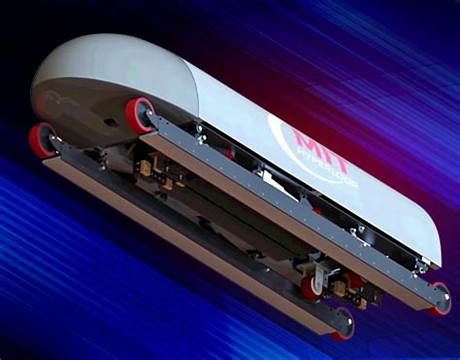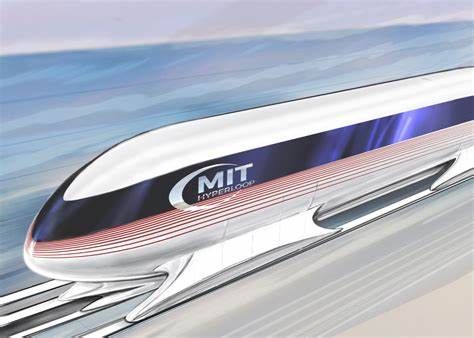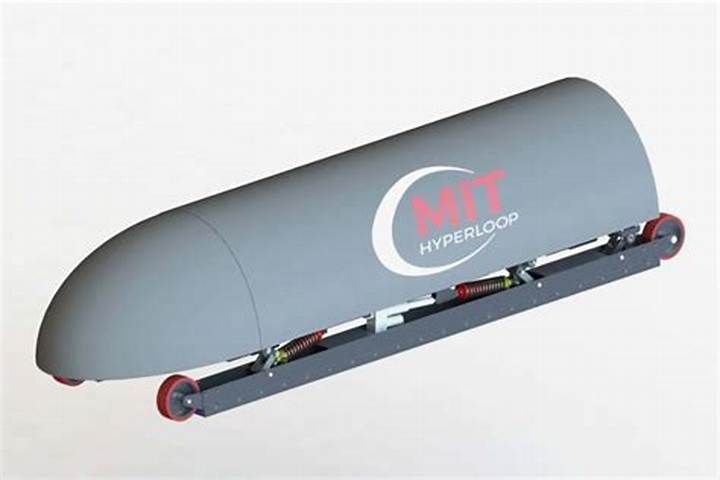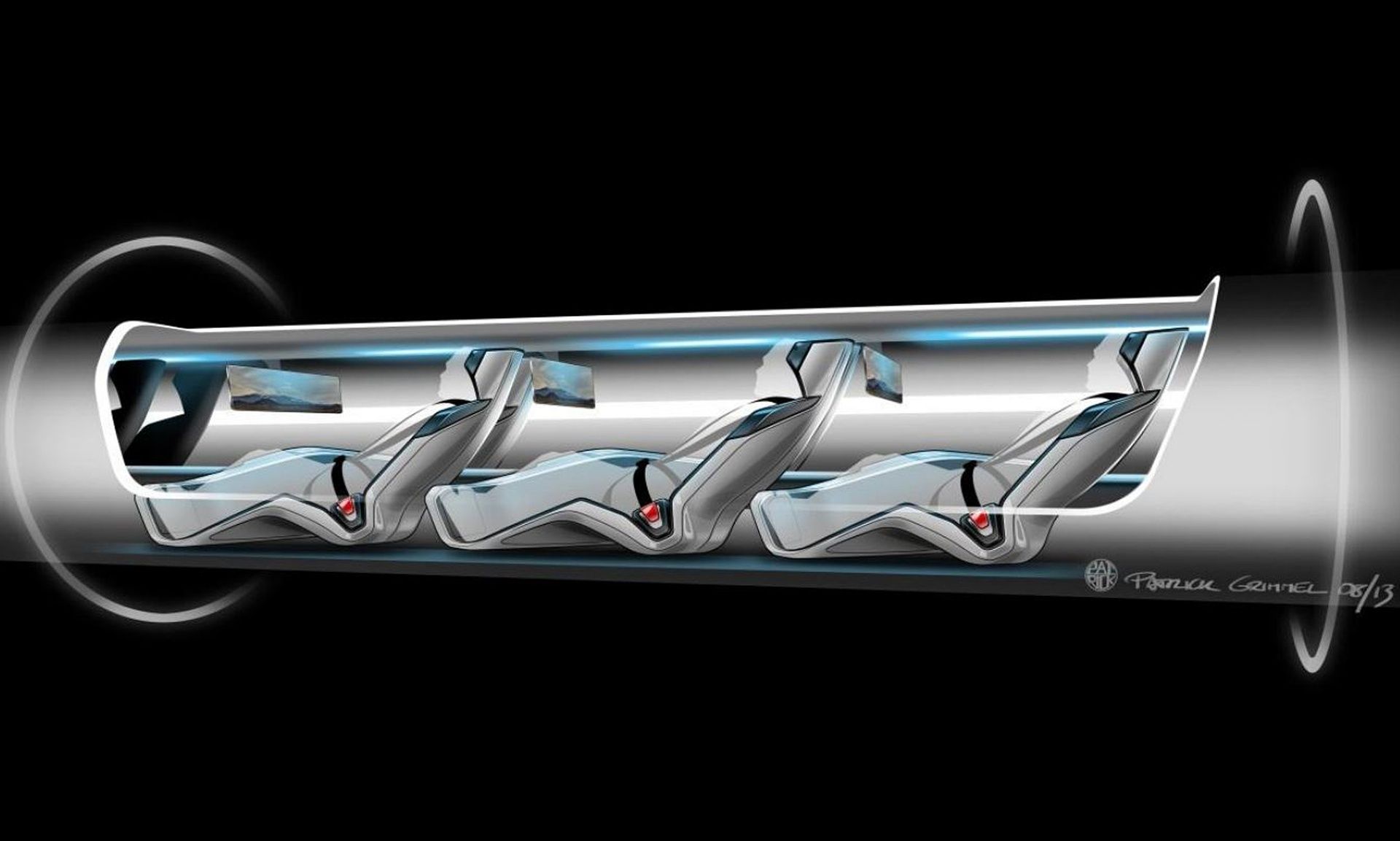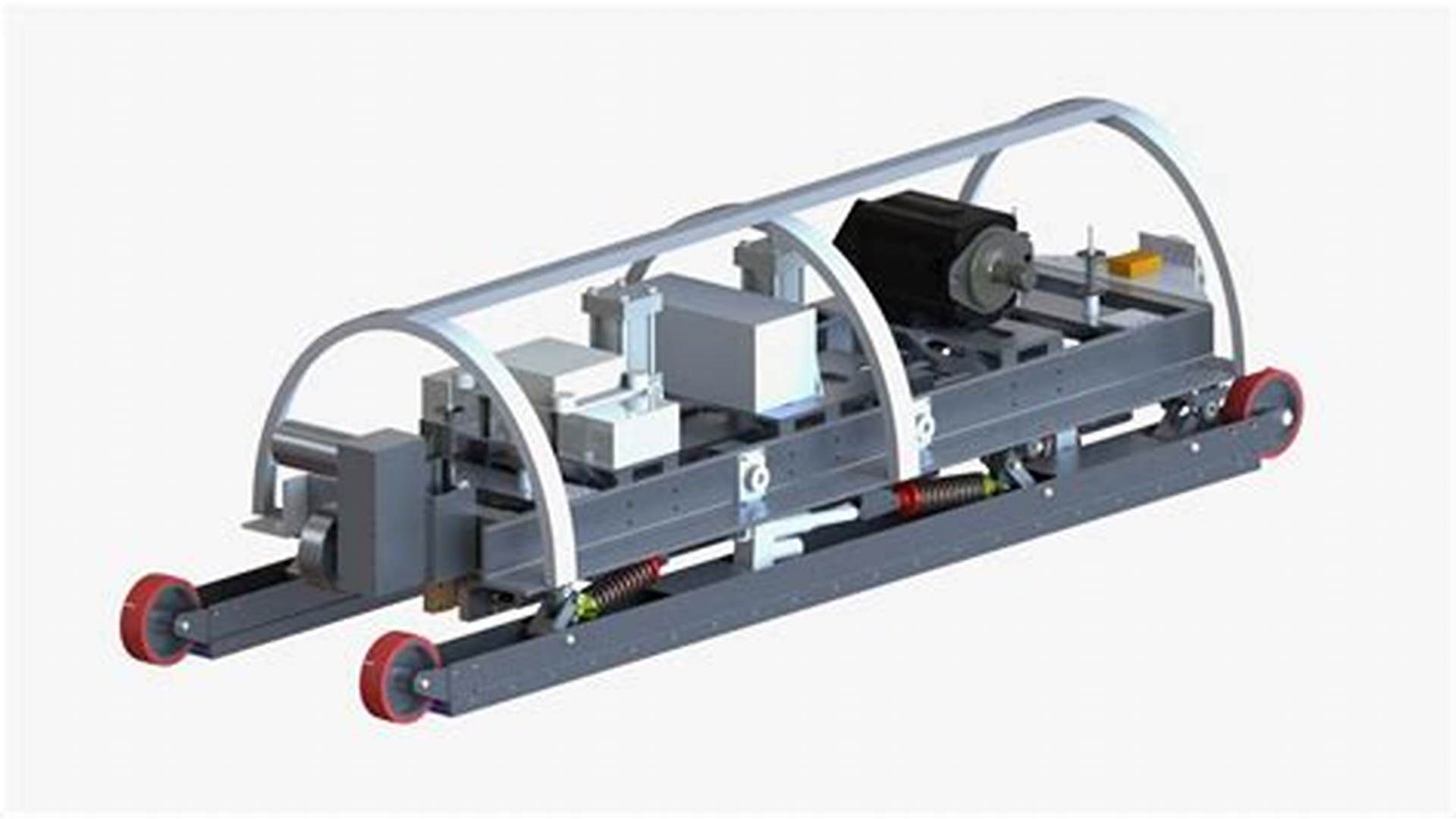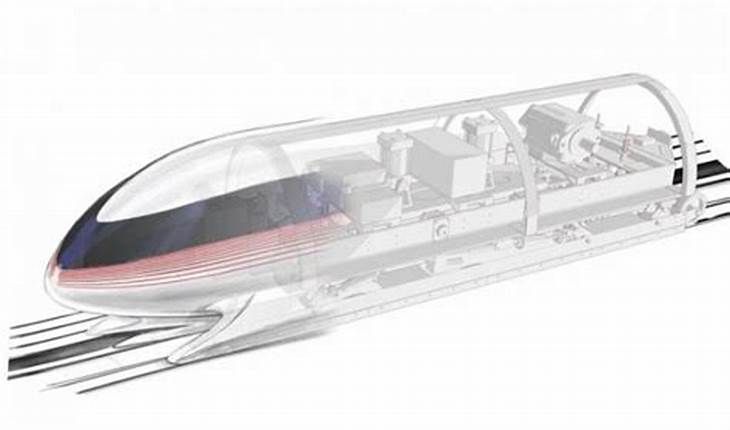MIT students have won the SpaceX Hyperloop Pod Competition to design the Hyperloop’s pods!
Hyperloop is a new model of high-speed ground transportation conceived by Elon Musk. The transport system should cruise between Los Angeles and San Francisco above the ground with considerable low energy consumption. The official SpaceX Hyperloop Pod Competition, announced in June 2015, has been opened to university students and engineering teams. Pods should be 12-foot diameter tube able to transport 20 to 30 people. More than 1000 students participated. The jury has finally announced the winning team, the one belonging to the Massachusetts Institute of Technology. The team conquering the podium comprises of 25 students from different fields: aeronautic, mechanical engineering, electrical engineering, business management. The second place has been conquered by the team of the Delft University of Technology in Netherland and the third position is covered by the University of Wisconsin. The design of the winning pod was built on three traits: high speed and low drag levitation, robust later control and fail-safe emergency braking. In fact, they also use a magnetic levitation system using a commercially available magnet. It will be driver-less but safer thanks to an autonomous flight control – and if the motors should fail, for instance, the pod will stop or in case of emergency it ‘drives itself forwards or backwards’. They defined it as ‘safe, scalable and feasible’. The capsule will only weigh 250kg with a length of 2.5 metres, be able to travel 245 miles per hour using magnetic propulsion; thanks to its envelope which will be made of an aluminium frame and a tubular shell of woven carbon fibre and polycarbonate sheets. The prototypes will be tested starting in April. Looking at the prototype we clearly see how innovative this transport system could be, even futuristic! The young team has undoubtedly hit the target, a futurist capsule able to travel between LA and San Francisco in only 30 minutes at a low cost. Will it be the future of high-speed transportation in high traffic cities, after trains, planes, cars and boats?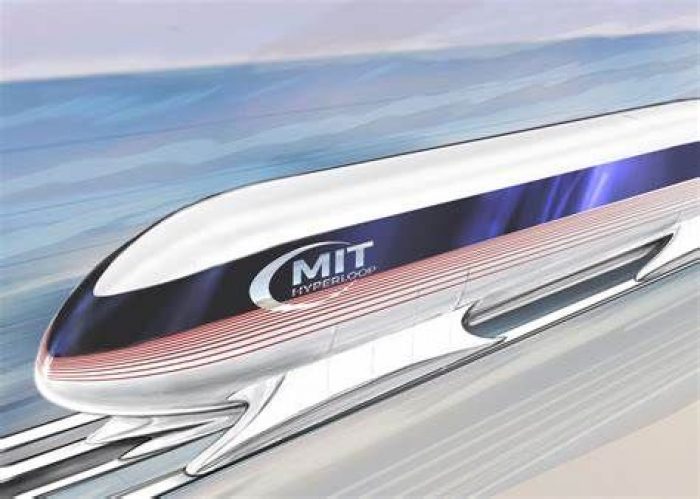
By: Alessandra Zucchetta
